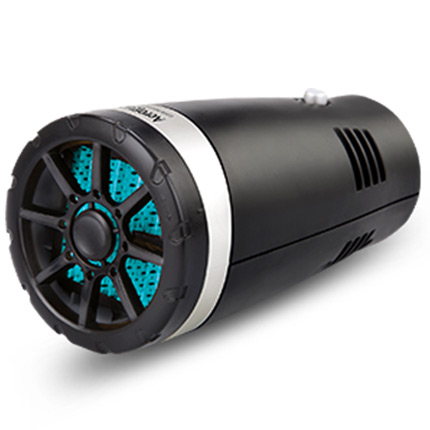Go-Kart Throttle Linkage Setup Guide for Optimal Performance and Control
Understanding Go-Kart Throttle Linkage Systems
Go-kart racing is a thrilling sport enjoyed by enthusiasts of all ages. One of the key components that play a significant role in the performance of a go-kart is the throttle linkage system. This component connects the throttle pedal to the carburetor or fuel injection system, ensuring that the engine receives the right amount of fuel and air for optimal performance. In this article, we will explore the functionality, types, and importance of a well-designed throttle linkage system in go-karts.
Functionality of Throttle Linkage
The throttle linkage is a mechanical assembly that translates the motion of the driver's foot on the throttle pedal into the desired throttle opening of the engine. When the driver accelerates, the throttle pedal moves, causing the linkage to pull or push on the carburetor or fuel injector. This action increases the airflow and fuel entering the engine, leading to more power and speed.
A well-functioning throttle linkage system provides a smooth and responsive acceleration, allowing the driver to have precise control over the go-kart’s speed. If the linkage is too loose, it may result in a delay or lack of response when pressing the throttle. Conversely, if it is too tight, it may cause the engine to over-rev or run erratically. Therefore, adjusting and maintaining the throttle linkage is crucial for safety and performance.
Types of Throttle Linkage Systems
There are several types of throttle linkage systems commonly used in go-karts, each with its unique characteristics
1. Cable Linkage This is the most popular type for go-karts. A flexible cable connects the throttle pedal to the carburetor. When the pedal is pressed, it pulls the cable, which in turn opens the throttle. Cable linkages are favored for their simplicity, lightweight design, and ease of adjustment.
go kart throttle linkage

2. Rod Linkage This system uses a rigid rod to connect the throttle pedal to the carburetor. Rod linkages can provide a more direct connection, reducing the chances of slippage or failure seen with cables. However, they are generally bulkier and may require precise fabrication and adjustment.
3. Electronic Linkage In more advanced go-karts, especially those equipped with electronic throttle control, an electronic linkage system may be used. This setup utilizes sensors to detect the position of the throttle pedal and sends electronic signals to the engine's control unit, which adjusts the throttle position. This type of linkage allows for more complex adjustments and integrations with modern performance tuning.
Importance of Throttle Linkage Maintenance
Maintaining the throttle linkage is essential for the performance and safety of your go-kart. Regular checks for wear and tear, ensuring proper tension, and lubricating the moving parts can prevent unexpected failures during a race. For cable linkages, it’s vital to inspect for fraying or kinks that can impede function. For rod linkages, ensure that all joints are secure and free of corrosion.
Furthermore, tuning the throttle linkage can significantly enhance your go-kart's responsiveness. This can involve adjusting the length of the cable or rod, changing the pivot points, or even repositioning the throttle pedal for comfort and control.
Conclusion
The throttle linkage system is a critical element in the operation of a go-kart. Understanding its function and the different types available can aid in selecting the best setup for your racing needs. Regular maintenance and complete attentiveness to the throttle linkage ensure that you can enjoy a smooth, fast, and safe racing experience. Whether you are a competitive racer or a casual enthusiast, optimizing your go-kart’s throttle linkage will undoubtedly enhance your overall performance on the track.
-
Upgrade Your Vehicle with High-Quality Handbrake CablesNewsNov.01,2024
-
Optimize Your Bike's Performance with Quality CablesNewsNov.01,2024
-
Enhance Your Vehicle's Performance with Quality Clutch ComponentsNewsNov.01,2024
-
Elevate Your Vehicle's Performance with Quality Throttle CablesNewsNov.01,2024
-
Elevate Your Vehicle's Performance with Quality CablesNewsNov.01,2024
-
Affordable Solutions for Your Cable NeedsNewsNov.01,2024
